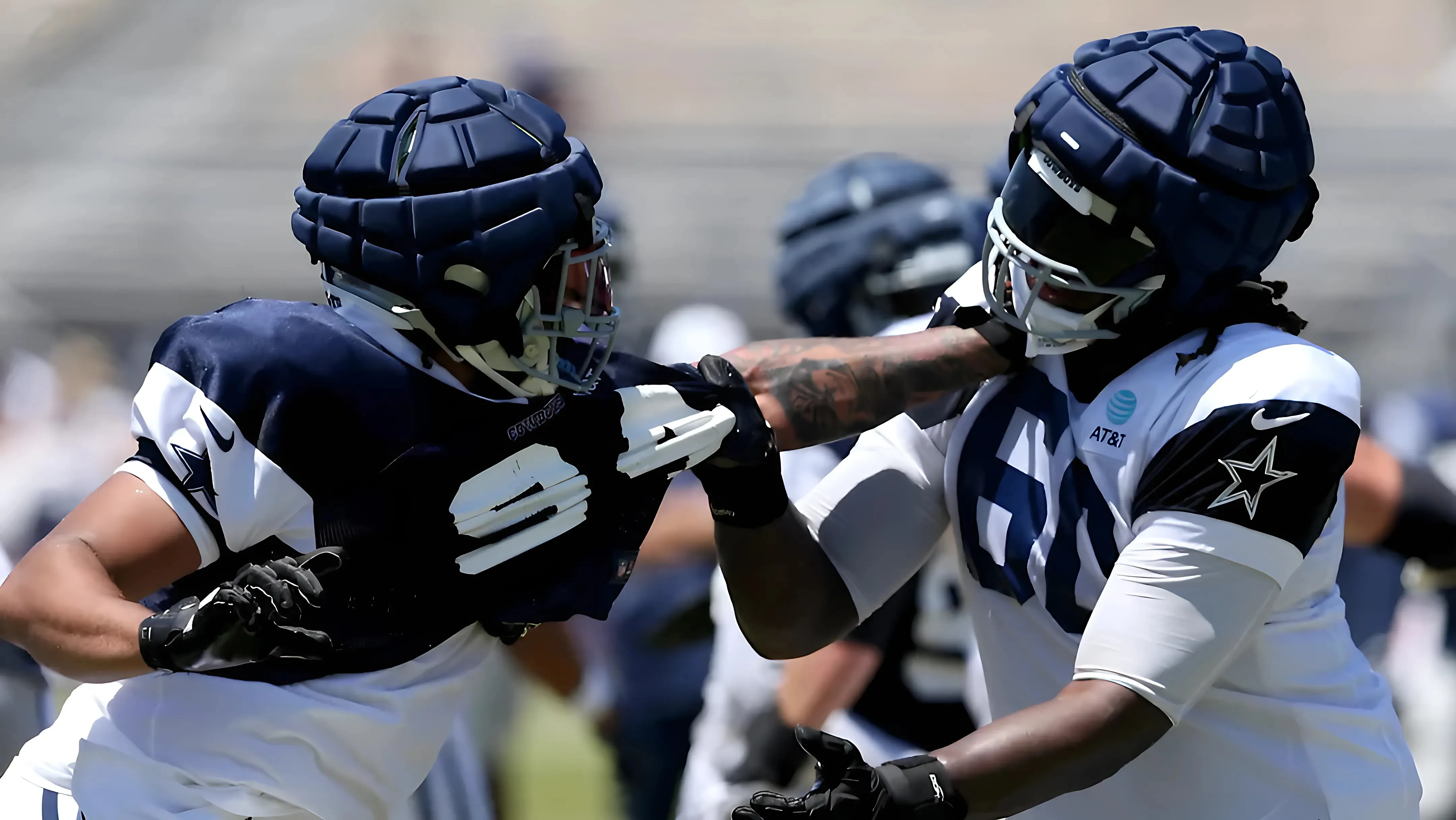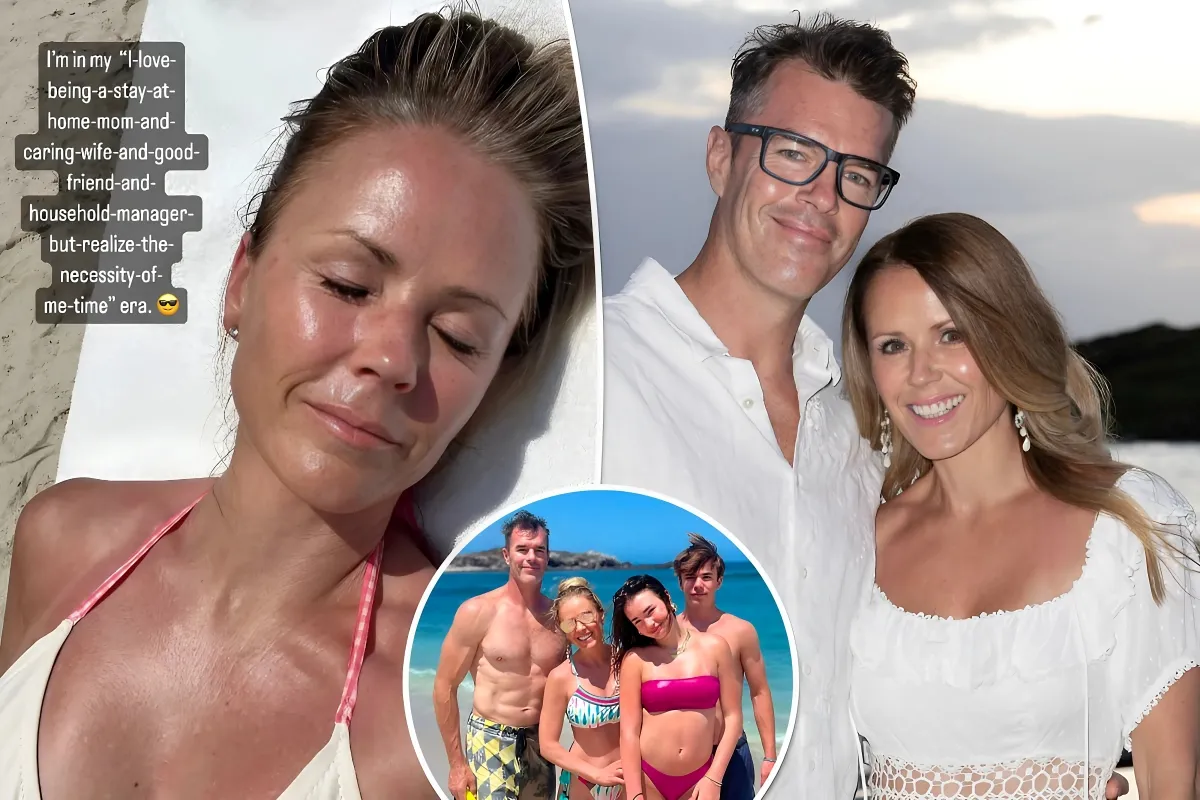:max_bytes(150000):strip_icc():focal(749x0:751x2):format(webp)/Henrik-Lundqvist-98-10012024-7e7ee438c4d746278e278c6848439af3.jpg) Three years after his shocking retirement from hockey, Hockey Hall of Famer Henrik Lundqvist has a new routine.
Three years after his shocking retirement from hockey, Hockey Hall of Famer Henrik Lundqvist has a new routine.
“It used to be the hockey season that dictated my schedule,” Lundqvist, 42, tells PEOPLE. “Now it's driving my daughters to school.”
The retired New York Rangers goaltender recently caught up with PEOPLE in New York City, where he’s lived since moving from Sweden to the United States to join the NHL.
In New York City, Lundqvist etched his legacy in hockey history as one of the best goaltenders to ever play the game, earning five NHL All-Star selections and winning the 2012 Vezina Trophy as the league’s top goalie. He was named the Rangers’ team MVP in nine of his 15 years with the team and helped lead them to the 2014 Stanley Cup Finals, earning legend status among New York City sports fans who crowned him “King Henry” after years of dominating performances on the ice.
But Lundqvist’s career was suddenly cut short in the middle of the 2020 season, shortly after he signed his first free agent contract and joined the Washington Capitals. Lundqvist began having chest pains and doctors found that he had an irregular heartbeat, requiring open-heart surgery.
:max_bytes(150000):strip_icc():focal(749x0:751x2):format(webp)/Henrik-Lundqvist-93-10012024-f7012405f98c4f6ca27ed354db3365be.jpg)
Six months after the surgery, Lundqvist continued having pain, discomfort and fatigue, and realized there was something more going on. He was later diagnosed with recurrent pericarditis, a painful and debilitating chronic autoinflammatory disease which affects 40,000 people in the U.S. every year.
Lundqvist is teaming up with Kiniksa Pharmaceuticals to spread awareness about RP, and spoke with PEOPLE on the heels of launching the “Life DisRPted” campaign alongside Kiniksa.
The idea to tell others his story offered the longtime NHL goalie an opportunity to help others identify whether they have the chronic disease, perhaps saving them both physical and mental discomfort while sorting through symptoms.
“That was the tough part for me early on, when I was diagnosed, I was just weeks away from returning to the NHL after open heart surgery and I was set to be back and then to get hit with this diagnosis, it was a lot of unknowns,” Lundqvist says. “I didn't know how long recovery was going to take or my path forward.”
The disease, which causes a sharp chest pain that feels worse when lying down or breathing in and may cause a dry cough, trouble breathing, heart palpitations and fever, is often misdiagnosed at first. When Lundqvist first began feeling similar symptoms, he was sure it was a complication from his recent open heart surgery.
“I didn't know what it was,” he says. “I thought it was related to my surgery. I had a massive pain in my chest, my back, I felt sick, I was tired all the time.”
However, the surgery was likely just a trigger that allowed the autoinflammatory disease to cause a flare up in Lundqvist’s body, Dr. Antonio Abbate, a leading specialist on recurrent pericarditis at UVA Health, tells PEOPLE.
“The initial injury causes the inflammation and it just goes on and becomes a vicious cycle,” Dr. Abbate explains. “It doesn't resolve unless you treat it with targeted therapies.”
:max_bytes(150000):strip_icc():focal(749x0:751x2):format(webp)/Henrik-Lundqvist-95-10012024-238a9040aad146dbad77eb47003143da.jpg)
Lundqvist says he’s had about four-to-five flare ups since he first managed to get the disease under control and received an official diagnosis in 2021. “That's the tricky part about RP, you don't know exactly when it's going to hit you,” Lundqvist says. “You don't know if you pushed it too hard when you work out, but you know the symptoms when it happens. Right now, I feel really good. After recovering for a few weeks after my last setback, I'm back to normal. And I think the key for me was setting the right expectations early on, and understanding what this really is and what it means in terms of the activity I can do.”
The toughest realization for the 20-year hockey veteran was that it was no longer safe for him to play professionally.
“At that point, I wasn't sure if that was the right decision,’ he says. “I just knew it would be very challenging to try to come back and I wanted to. But looking back at it now, I know 100% it was the right decision because of how things been playing out in the last couple of years.”
:max_bytes(150000):strip_icc():focal(749x0:751x2):format(webp)/Henrik-Lundqvist-96-10012024-04c2c8dece2d48418698a7665151e45e.jpg)
Lundqvist does miss playing hockey. “Absolutely,” he says. “But also, when you retire, there's a lot of good that comes with having more time to do other things.”
There’s been plenty of other things keeping him busy off the ice. Lundqvist relishes in the fact he’s able to spend more time with his wife Therese Andersson and their daughters — Charlise, 12, and Juli, 9 — all of whom travel back to visit Sweden each summer. The retired NHL star also landed a job as a studio analyst for TNT in 2021, as well as a broadcaster for his former New York Rangers team on the MSG Network. Though, the retired Ranger immediately shoots down the possibility of ever becoming an NHL coach: “That’s a big no,” he laughs.
“When you retire, suddenly you’re in charge of your own time,” says Lundqvist, who now fills his athletic itch with casual games of tennis. “Ever since I was 16, hockey dictated my schedule, but now I feel like I’m really in charge. I can decide what to do, when to do it, and prioritize my family and friends. That’s something I don’t want to give up.”
Despite not being able to retire on his own terms, Lundqvist has come to peace with how his decorated career came to a close. “In my mind, my life is perfect,” Lundqvist says, three years after his RP diagnosis put his physical lifestyle into question. “It really is. I’m still active, I have my family, and I’m doing a lot of good things."



